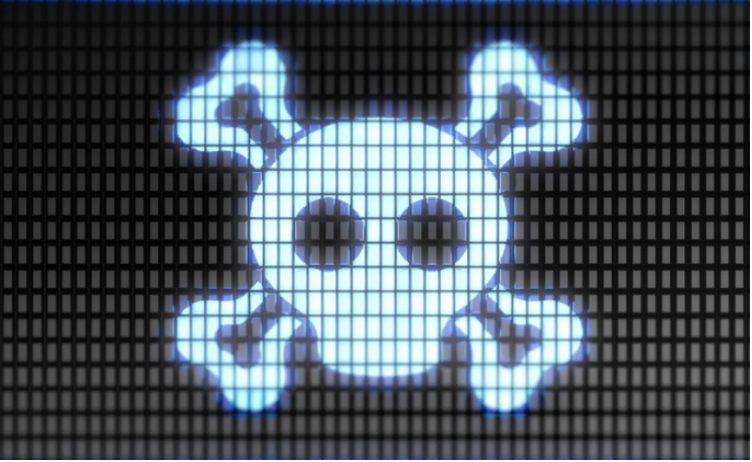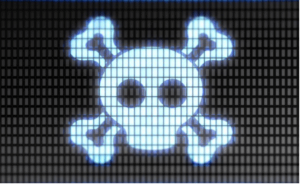
From the outset, let me be clear: I work for a technology company. That means I believe in the power and contribution of tech to stable, growing and successful businesses – from the one-man-band consultant dependent on the mobile office to the mega-corporation racing to keep its supply chain as integrated and digital as it can.
 As we have seen time and time again – if you get complacent about your technology, you are skirting with the end of the independence of your organisation. Maybe even its very survival.
As we have seen time and time again – if you get complacent about your technology, you are skirting with the end of the independence of your organisation. Maybe even its very survival.
However it’s not just about buying the latest and greatest tech all the time. The technology I am talking about is often simpler, cheaper, maybe even has less bells and whistles than what it’s replacing.
There are two drivers to be aware of. One, technology has an inexorable tendency to commoditise. That’s as true for high-end mining equipment, as it is for, say, hardware (think of blades and pizza box servers). And two, there’s another endless cycle going on, which is where the established, supremely-powerful players in any market get taken out on a regular basis by cheeky new incomers.
Both these trends were brilliantly summed up, of course, in the business classic The Innovator’s Dilemma (1997), where economics expert Clayton Christensen talked so convincingly of the way scrappy new entrants to a market win by offering what’s often inferior products, but which keep getting better to the point where they are ‘good enough’ to be a cost-effective alternative to the bigger guys.
The classic example is the effective death of one-time photography behemoth Kodak, which at its height employed over 140,000 people. Few people know that it even built the world’s first digital camera, but failed to catch the running train of Canon, Sony and Fuji. Latter in the same industry, popular image sharing was taken by Instagram, a firm that had 15 people or so when Facebook snapped it up for a billion dollars in 2013.
The lesson of this is that today’s Instagram could be tomorrow’s Kodak, of course. You need to be insanely vigilant about what the other guys are doing. But you can’t just do what everyone else is doing to survive. Everyone is pushing their suppliers for better and better deals. Everyone is maximising profitability by cutting costs. Everyone is using IT for efficiency.
The good news is that not everyone is looking to IT as anything other than a service function. You can keep the lights on for a fraction of what it cost two years ago? Fantastic. But the company that is the first one to figure out a whole new way of lighting rooms that creates an insane new slew of associated services and ways to make money… now that’s the guy that’s getting the prize here, people.
So be clear. The unforgiving competitive landscape of 2015 is such that it’s just no big deal using the same business software as everyone else. It’s no big deal to get that business software cheaper than the other guy, though well done anyway.
The big deal is being smart and nimble enough to dialogue constantly with smart people who can tell you first why that business software is yesterday’s news – and so help you avoid ‘Kodaking out’, defined as offering perfectly fine stuff that is just so less convenient and funky to use than the New, New Thing.
Don’t be depressed, though. Everyone is in the same boat. But you’re going to be the one to spot the new river to lead all the rest of them up… if you take the stark nature of digital competitiveness on board.
This article was originally published in http://www.itchannelexpert.com.
We are in the process of finalizing. If you want to be redirected to our old version of web site, please click here.